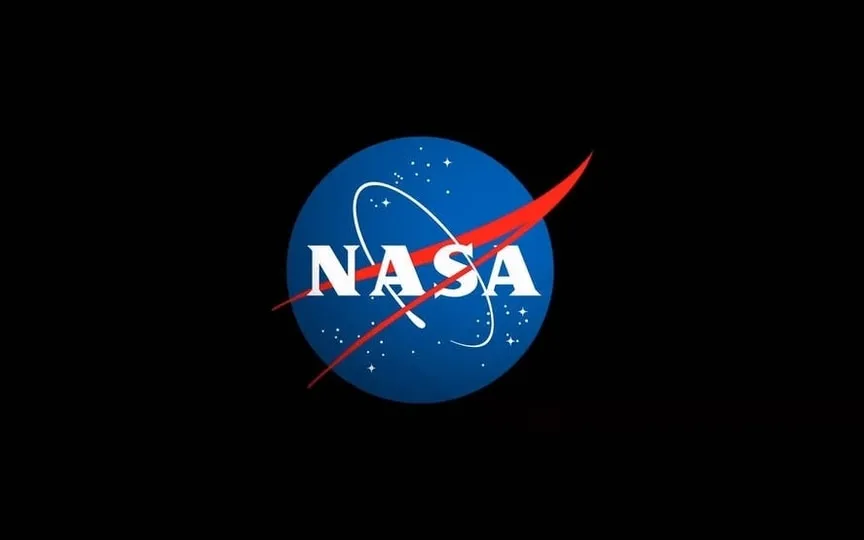NASA to Deploy AI-Powered Chatbot for Astronauts to Communicate with Spacecraft
The influence of ChatGPT has extended beyond human activity on Earth and is now making its way into space. NASA engineers are currently working on creating an AI assistant that resembles ChatGPT, which will allow astronauts to communicate with their spacecraft. This development in communication technology is reminiscent of the science fiction novel “2001: A Space Odyssey” by Arthur C. Clarke, where the supercomputer HAL 9000 conversed with mission pilots on a spacecraft headed towards Jupiter.
The focus of NASA’s efforts is the Lunar Gateway. It’s a future “extraterrestrial” space station scheduled to launch in November 2024. This artificial intelligence-powered platform will allow mission controllers to communicate with AI robots exploring distant planets and moons.
The Lunar Gateway will be placed in lunar orbit. It is powered by solar energy. Its purpose is to provide extensive capabilities to support NASA’s Artemis campaign. The aim of the Artemis campaign is to return astronauts to the lunar surface.
According to a Guardian report, Dr. Larrisa Suzuki explained the AI assistant project at a meeting of the Institute of Electrical and Electronics Engineers (IEEE). In his speech, he said: “An interplanetary communication network with built-in artificial intelligence to detect and potentially correct disruptions and inefficiencies as soon as they occur.”
Dr. Suzuki, who is a Visiting Scientist at NASA, explained that the goal is to create a conversational interaction with space vehicles. The artificial intelligence system allows the vehicles to communicate and share interesting discoveries in the solar system and beyond with the astronauts.
An AI system not only facilitates communication, but also helps detect and potentially resolve disruptions and inefficiencies. The system also has a natural language interface that allows astronauts to ask for advice on space experiments through conversational interaction.




